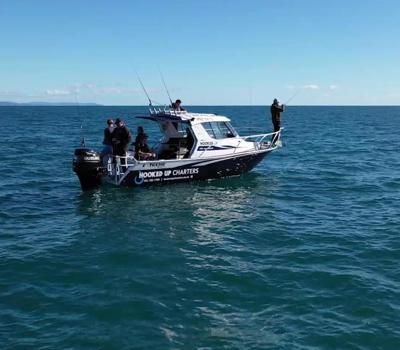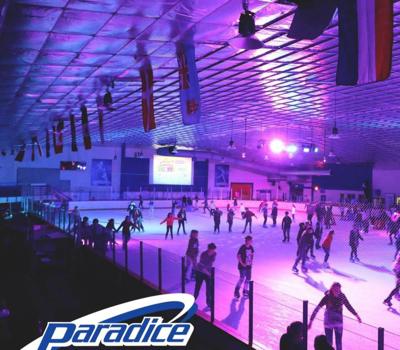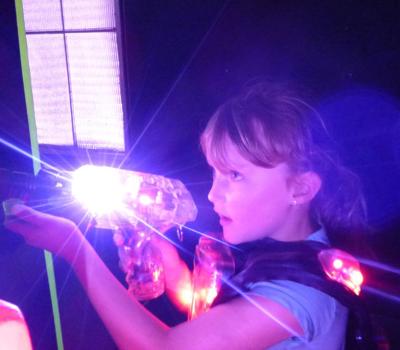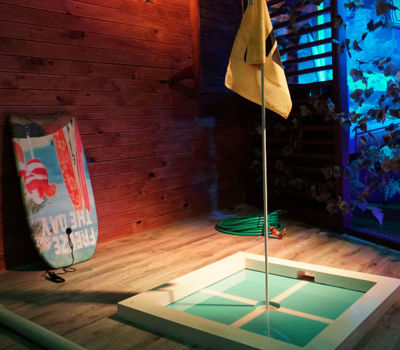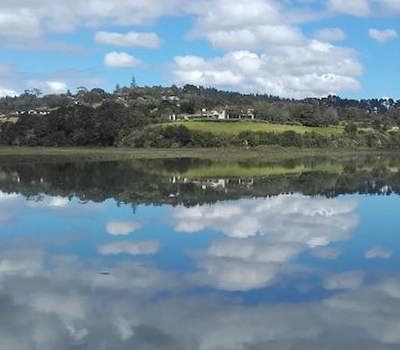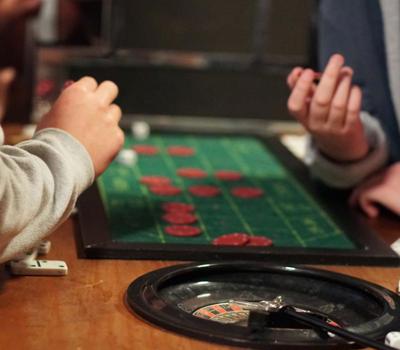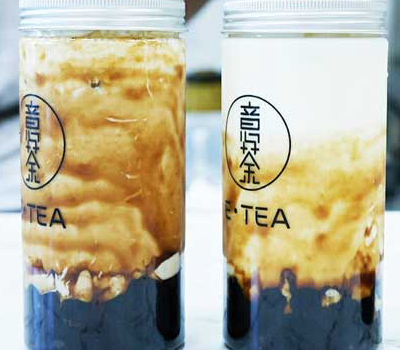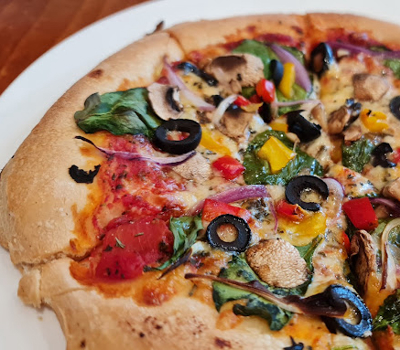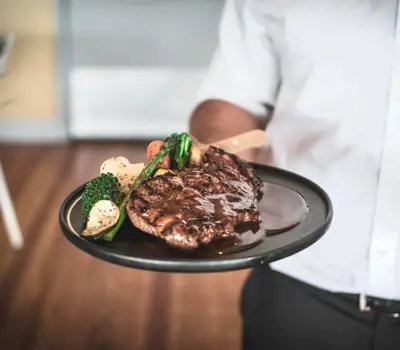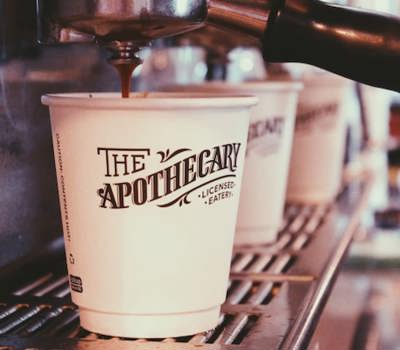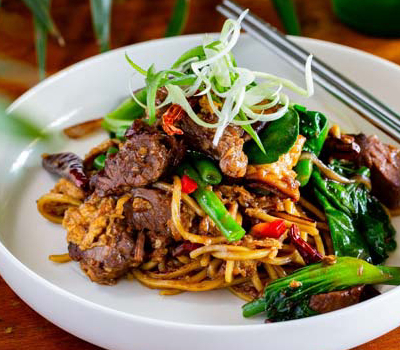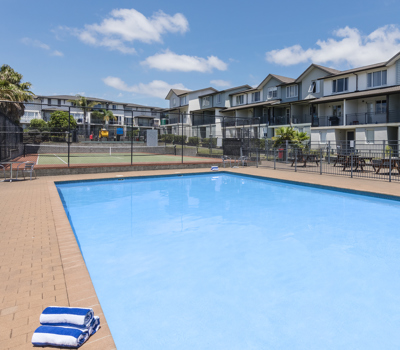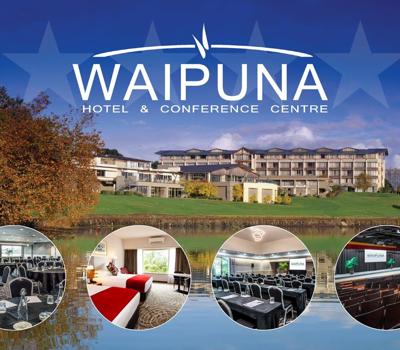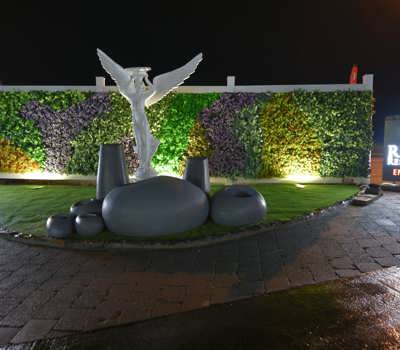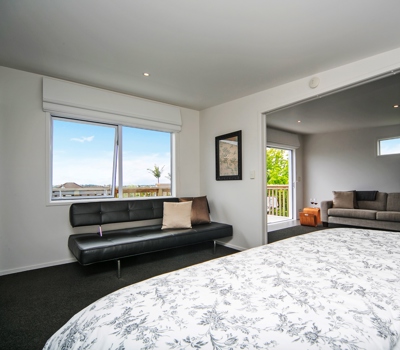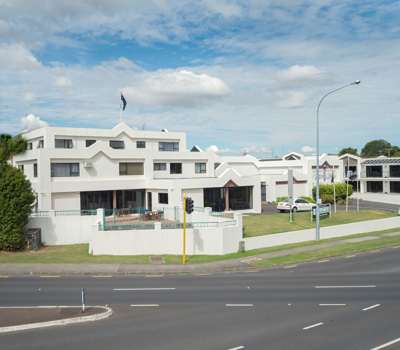-
More info He pārongo atu anō
Visit website
After forming by volcanic eruptions some 24,000 years ago Ōhuiarangi / Pigeon Mountain was extensively quarried during much of the 20th century into the late 1970s. What remains now is only half of the original Maunga.
Like most of the Tūpuna Maunga, Ōhuiarangi / Pigeon Mountain was a Māori pā (fortified village settlement). When you visit, you’ll be pleasantly surprised to find that in despite of the destructive quarrying, parts of the historic pā / defensive earthworks have remained intact, in the form of terraces and midden (historic shell deposits). Ōhuiarangi / Pigeon Mountain was also an important site for agriculture, with extensive stonefield gardens constructed there.
The Māori name Ōhuiarangi means “the desire of Rangi” which refers to the early Tāmaki Māori (iwi and hapū / tribes and sub-tribes who have a strong connection the Auckland region) ancestress Huiarangi. Huiarangi became a wife of the celebrated explorer Toitehuatahi when Toi visited the Tāmaki region, leaving descendants by Huiarangi at nearby Pakuranga.
The English name, Pigeon Mountain referred to the numerous kererū (wood pigeon) that lived in the area at the time of early British settlement. On your visit see how the planting programme has encouraged kererū to return to this Tūpuna Maunga.
Do look out efforts of the Tūpuna Maunga Authority to re-establish the original ecology and indigenous flora and fauna. The aim is to restore the Mauri (life force) back on the Maunga and you can see varying stages of these plants. Beside the Maunga is the incredible wetlands where the area has been transformed The area serves as a quiet retreat from the hustle and bustle of daily life. Meander on the boardwalk and enjoy the serenity of nature.
It’s a short walk to the tihi (summit) with wonderful views across the central city and looking out over the Hauraki Gulf. With a sports field, toilets and change rooms, and space to walk your dog on a leash, Ōhuiarangi Pigeon Mountain is a wonderful place to bring the whānau, and to enjoy and admire the renewal of this Tūpuna Maunga.
